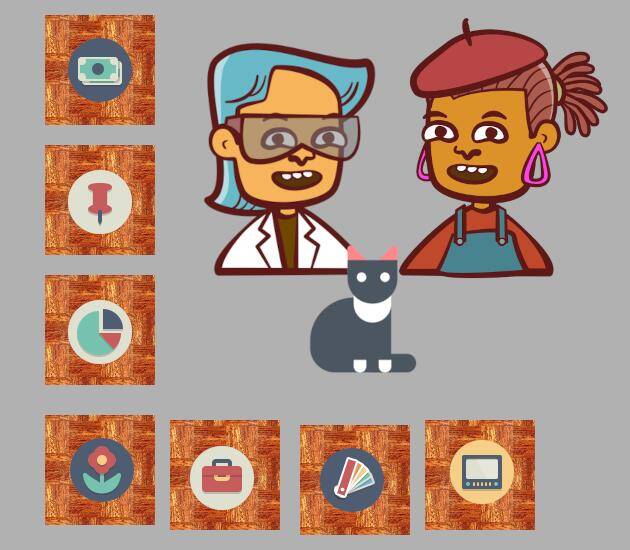You don’t multitask, and believing that you isn’t helpful and maybe – just maybe – contributed to doomscrolling and the way we deal with information on social media.
What you’re probably really good at is task-switching, fast enough that it looks like you’re doing two things at once. And that causes problems, especially since we actually think in the same space as short-term (or working) memory. And there’s only so much space available there.
Imagine someone inspired by a Bob Ross video to paint something. They’ve got seven desks to put things on their working memory (estimates range between 6-8, or four chunking groups).

Pretty quickly, that working memory is juggling several small sub-tasks – watching the video, choosing colors, checking to make sure they have tools, the time to do it, wondering where to put the art, if it’s in the budget, and, of course, what kind of happy little tree to paint. Each of those takes up one desk in their workshop. It’s a lot to think about, but our artist has just enough desks to handle the situation.
And then their significant other comes in to tell them about a cat video they saw on the internet.

There’s no “desk” to put that cat video on in working memory. Our artist either has to “pack away” the contents of one desk for the cat, or completely lose the information about the cat video.
So if our artist is regularly getting interrupted, they’re mentally constantly packing and unpacking desks, which is keeping them from actually doing anything.
There’s ways people have figured out to be able to task-switch more quickly. For example, our artist might keep some of their desks “empty” so they can deal with something else that comes up:

No problem dealing with the cat, but definitely a problem in that they’re not able to fully think about the task at hand, and can still get overwhelmed.
This is a really simplistic model. I left out space for actually doing the painting, for example. Sometimes brains can “chunk” similar information, like the way we remember phone numbers as sets of three and four digits instead of remembering each number separately. Other tasks might require two or three or more desktops to work – imagine a large painting that took two or three desks in our artist’s mental workshop.
So how does the idea of multitasking hurt?
It isn’t just the decreased efficiency, or increased errors, or the other problems that rapid task-switching causes.
Because rapid task switching demands that several of our mental desks are kept “open”. It demands that we not mentally unpack anything that is too complicated or would take too long to “put away”. Larger bits of information, complex information, just seems to “big” or “heavy”. The myth of multitasking demands that information be simple or come in short soundbites.
You know, like the memes you see on social media while you’re “multitasking”. The headlines you click “like” on without reading the actual article.
Clear off a mental desk or three and think about that for a few.
Featured Photo by Catherine Heath on Unsplash
